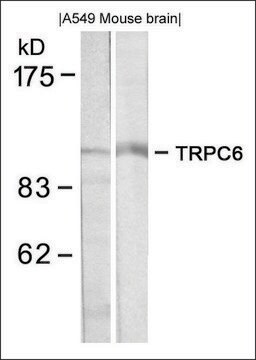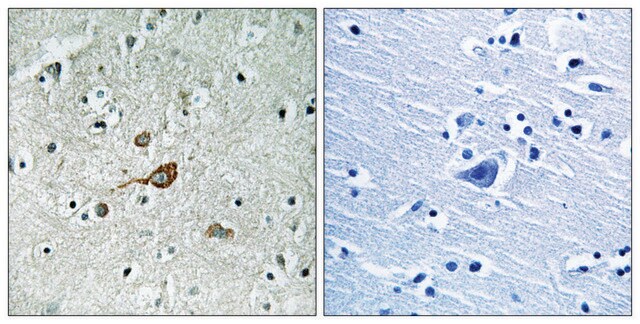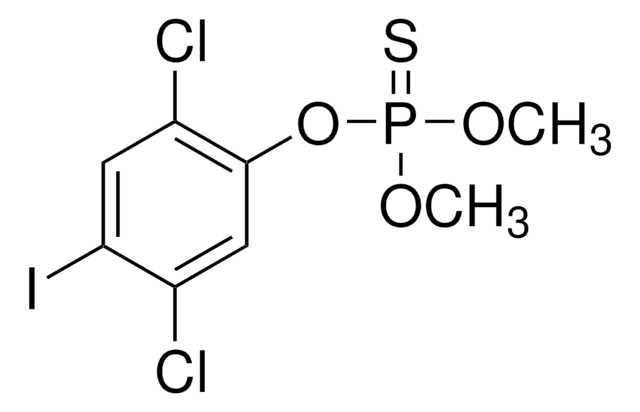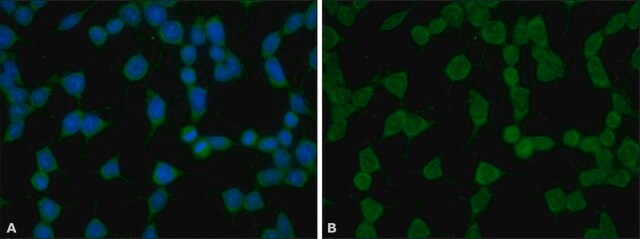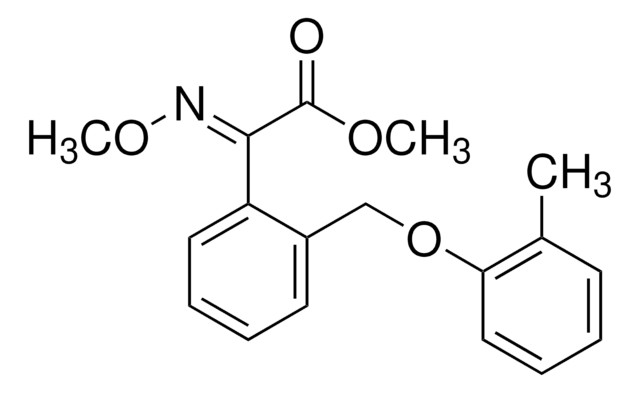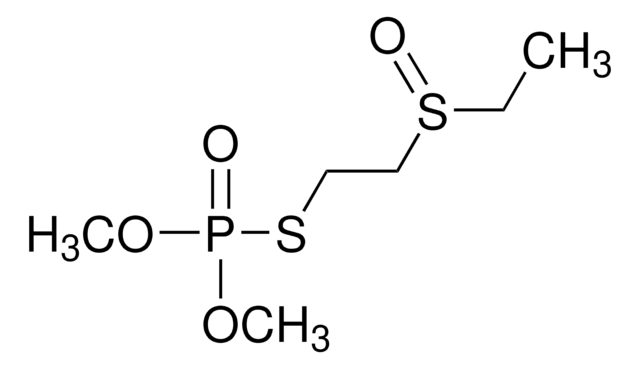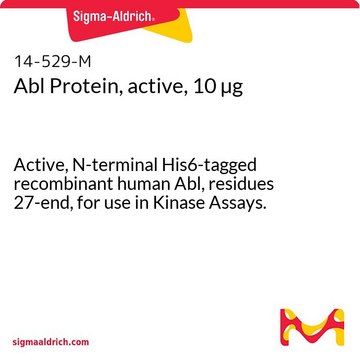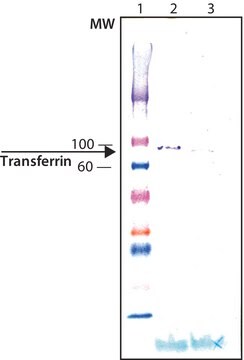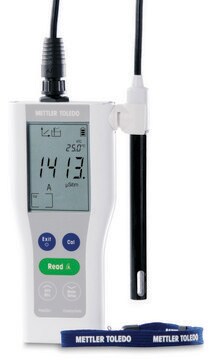A5844
Monoclonal Anti-c-Abl antibody produced in mouse
clone ABL-148, ascites fluid
Sinonimo/i:
Anti-ABL, Anti-BCR-ABL, Anti-CHDSKM, Anti-JTK7, Anti-bcr/abl, Anti-c-ABL, Anti-c-ABL1, Anti-p150, Anti-v-abl
About This Item
Prodotti consigliati
Origine biologica
mouse
Coniugato
unconjugated
Forma dell’anticorpo
ascites fluid
Tipo di anticorpo
primary antibodies
Clone
ABL-148, monoclonal
PM
antigen 145 kDa
Reattività contro le specie
monkey, rat, human, mouse, bovine
tecniche
flow cytometry: suitable
immunocytochemistry: suitable
immunoprecipitation (IP): suitable
microarray: suitable
western blot: 1:2,000 using human melanoma cell extract
Isotipo
IgG2a
N° accesso UniProt
Condizioni di spedizione
dry ice
Temperatura di conservazione
−20°C
modifica post-traduzionali bersaglio
unmodified
Informazioni sul gene
human ... ABL1(25)
mouse ... Abl1(11350)
rat ... Abl1(311860)
Descrizione generale
Specificità
Immunogeno
Applicazioni
Azioni biochim/fisiol
Descrizione del bersaglio
Esclusione di responsabilità
Non trovi il prodotto giusto?
Prova il nostro Motore di ricerca dei prodotti.
Codice della classe di stoccaggio
10 - Combustible liquids
Classe di pericolosità dell'acqua (WGK)
nwg
Punto d’infiammabilità (°F)
Not applicable
Punto d’infiammabilità (°C)
Not applicable
Certificati d'analisi (COA)
Cerca il Certificati d'analisi (COA) digitando il numero di lotto/batch corrispondente. I numeri di lotto o di batch sono stampati sull'etichetta dei prodotti dopo la parola ‘Lotto’ o ‘Batch’.
Possiedi già questo prodotto?
I documenti relativi ai prodotti acquistati recentemente sono disponibili nell’Archivio dei documenti.
Articoli
Quantitative and qualitative western blotting to validate knockdown by esiRNA. Sigma-Aldrich.com
Il team dei nostri ricercatori vanta grande esperienza in tutte le aree della ricerca quali Life Science, scienza dei materiali, sintesi chimica, cromatografia, discipline analitiche, ecc..
Contatta l'Assistenza Tecnica.